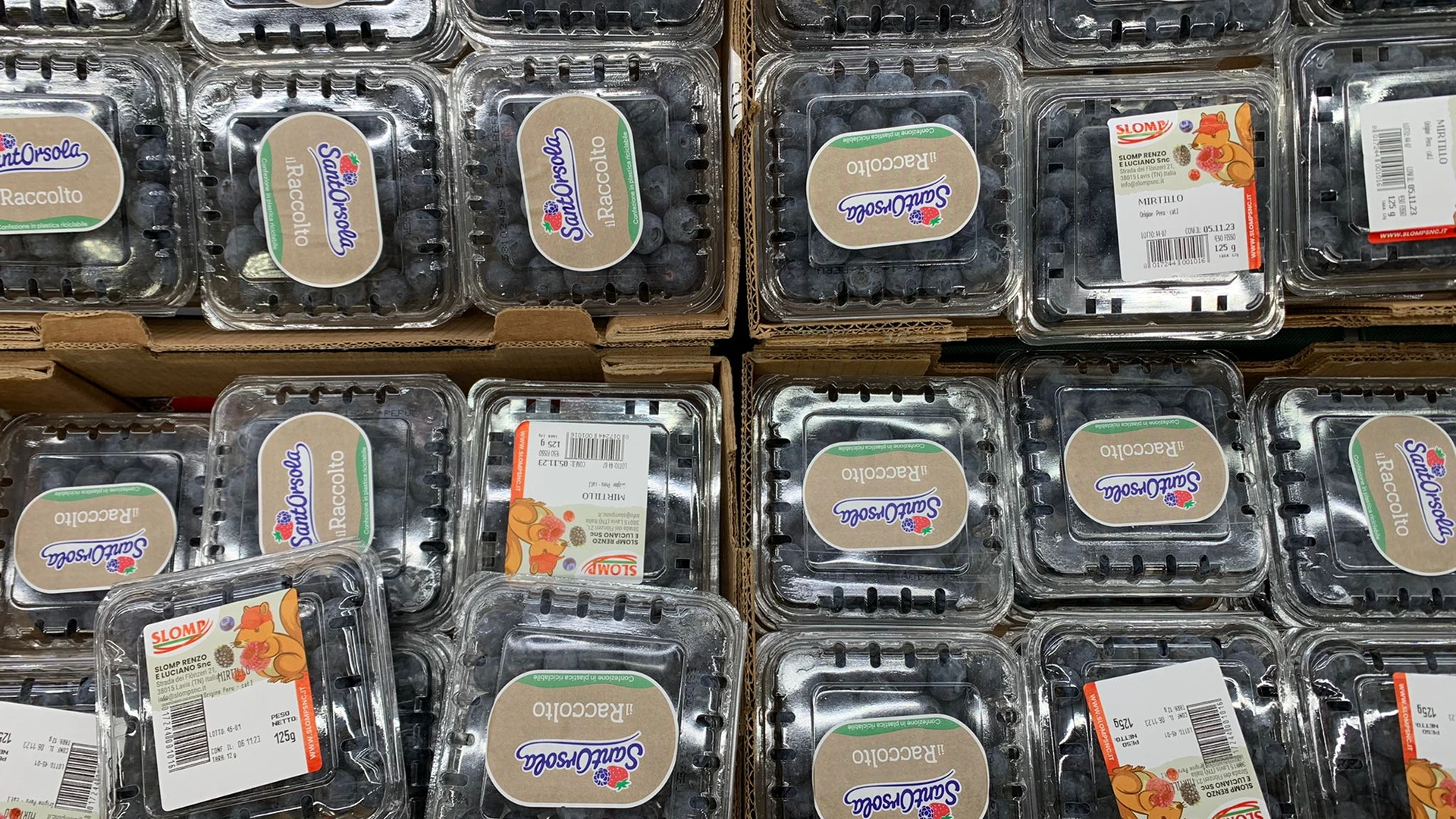The National Quality Institute of Peru (Inacal), has approved the technical standard that establishes good agricultural practices for the production of blueberries, with the aim of guaranteeing a safe product, free of contaminants that can cause damage to the health of the consumer; helping to raise quality standards in the value chain of this product and thus improve its exportable offer in international markets.
NTP 012:502:2021 Blueberry. Good Agricultural Practices, is a 23-page document applicable to activities ranging from the selection, evaluation and preparation of the cultivation land, to the harvest, selection, transport and storage (post-harvest) of blueberries (Vaccinium myrtillus), from the family of the ericaceae, intended for consumption as fresh fruit and/or as raw material for agro-industrial processing.
"With the implementation of this standard, we seek to guide producers in the management of this commercially important fruit, in order to preserve the health and safety conditions of the product, helping to meet the requirements for export to different markets," said Clara Gálvez, executive president of Inacal.

Good agricultural practices in the production of blueberries include the following:
Selection and evaluation of land for cultivation.
Choice of land. It should be as far away as possible from potential sources of contamination that are not compatible with Good Agricultural Practices (e.g. oil and mining exploitation areas, drainage, nearby farmland, population centres, among others).
Climatic factors.
blueberries prefer humid climates, cold winters and can withstand heavy frosts, because low temperatures ensure that flowering is not premature and makes it more abundant and uniform. However, once the plants break dormancy, they become very sensitive to low temperatures. Depending on the variety, they require between 400 and 1200 hours of cooling at a threshold of 7 °C to complete their winter dormancy.
Soil characteristics.
The crop requires soils with an abundant, light, clayey to sandy macropores. blueberry develops best in acidic soil conditions, with an optimum pH of between 4.5 and 5.5, the acidity of the soil having to be checked annually.
Drainage.
Good drainage is necessary. They have a low tolerance to water stress, and require an optimum effective depth of 60 centimetres with a loose subsoil and no water table; the crop prefers sandy soils.
Organic matter.
The crop requires plenty of organic matter (3% to 5%) to retain moisture.
Water.
blueberry requires proper implementation of the irrigation system, ensuring adequate moisture levels and avoiding root asphyxia in the crop.
Harvesting.
Harvesting must be done with great care, using various strategies to avoid sun damage. The blueberries are selected according to their maturity index, colour and size. The product must be grown in a way that maintains its quality and health.
Collection containers.
The trays or boxes used for collection are made of perforated plastic material with a capacity of between 1.5 and 2 kilograms and are also used for transporting the product from the field to the collection centre and/or processing plant, and must be new, for exclusive use, without breakage or modification, free of toxic residues and kept clean and dry.
Facilities for the handling or storage of products.
Storage areas must be adequately ventilated, facilities must be solidly constructed with walls and floors of washable material; ceilings, floors and walls that facilitate cleaning and disinfection must prevent the entry of pests, and comply with everything established for this point in the Codex Alimentarius (CXC 1-1969).
Transport.
Transport vehicles must be cleaned and disinfected before use. Transport must be carried out under hygienic conditions to avoid any risk of contamination. All vehicles used for transporting harvested produce, whether on the farm or to a packing house, must be used for this activity only, at least during the season.
This standard is available for online reading on the Virtual Reading Room platform on Inacal's website.

Source: MyBlueProject
MyBlueProject is part of the global network of Italian Berry
Photo by Sviatoslav Huzii on Unsplash








